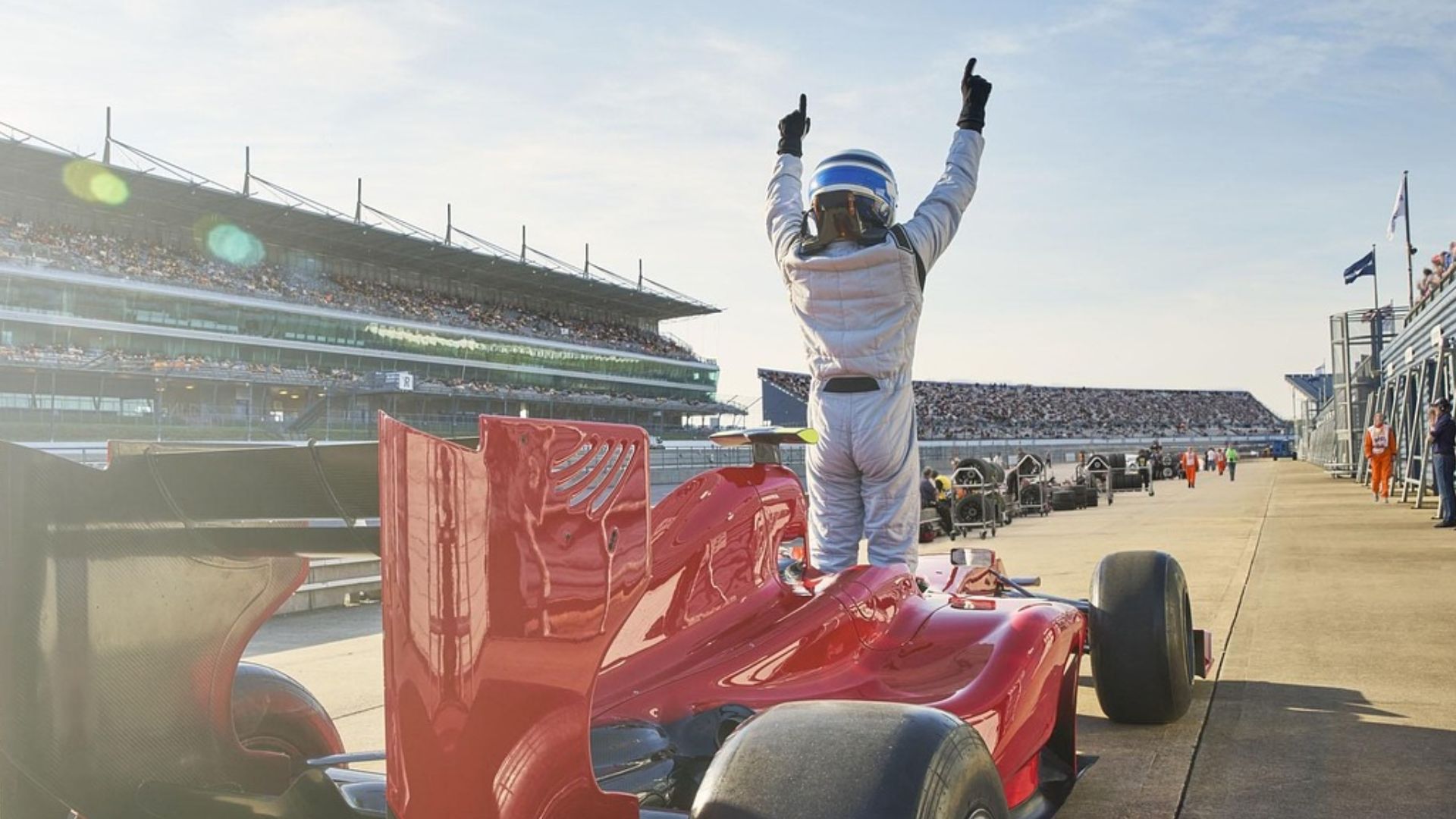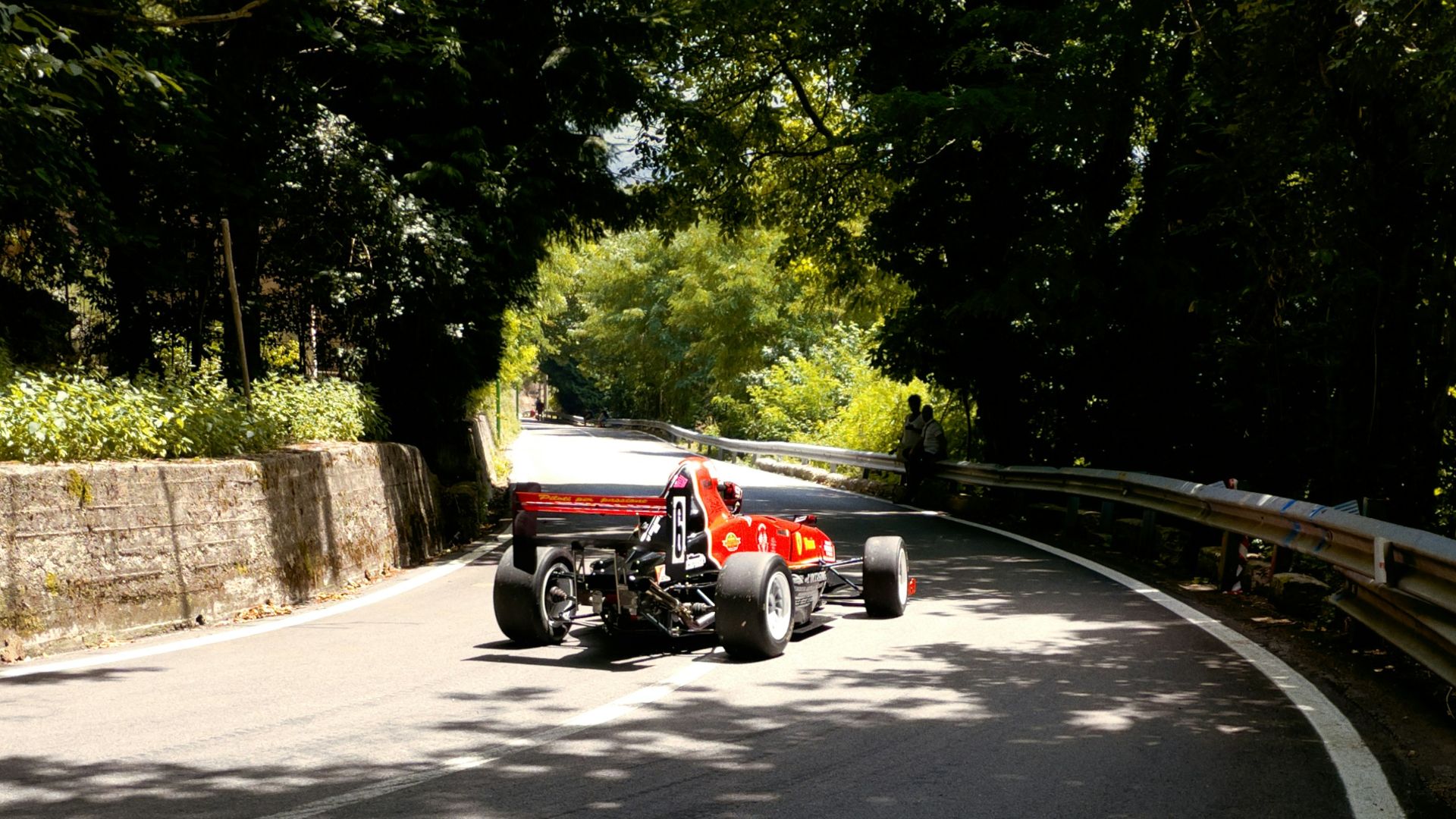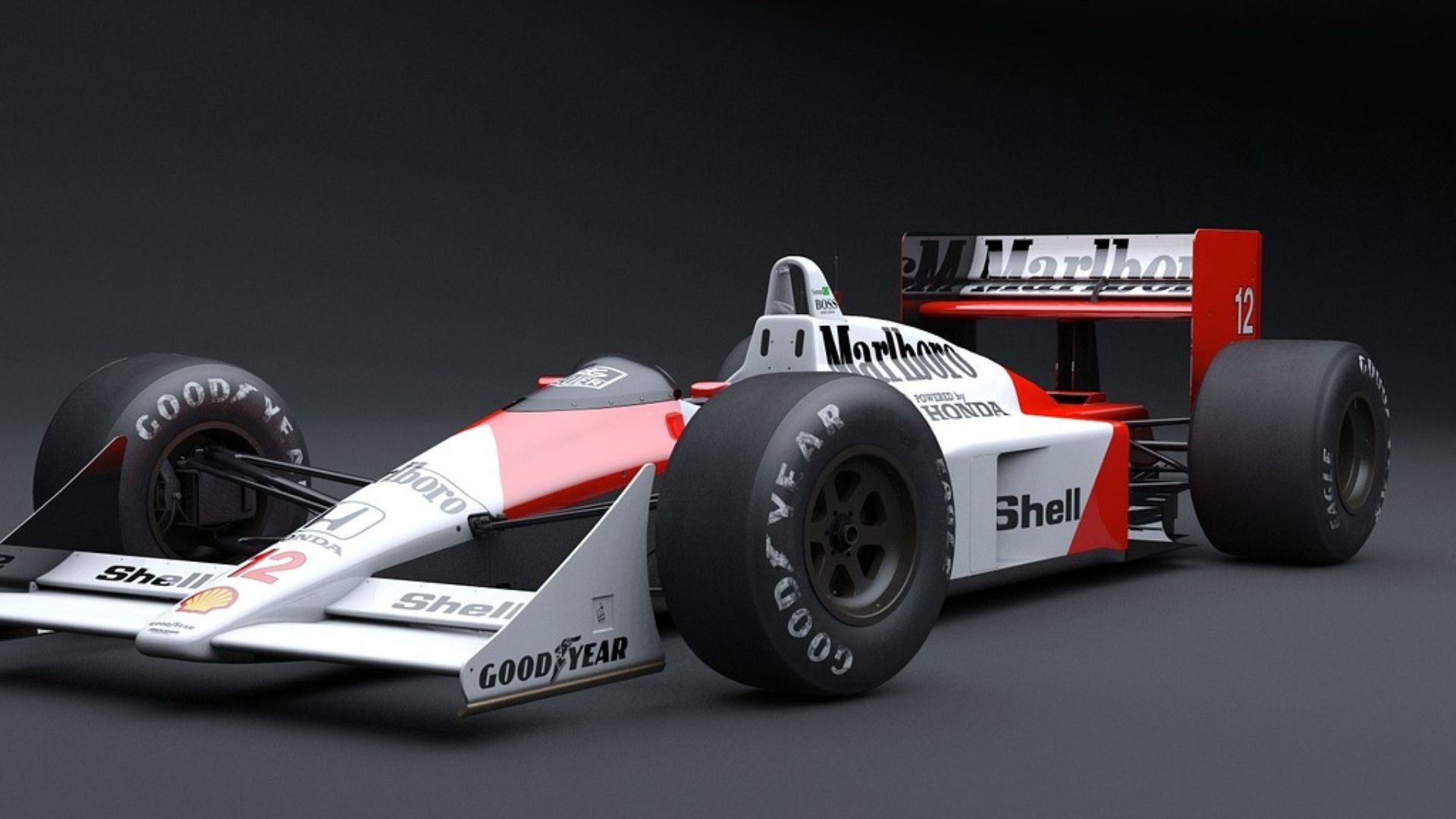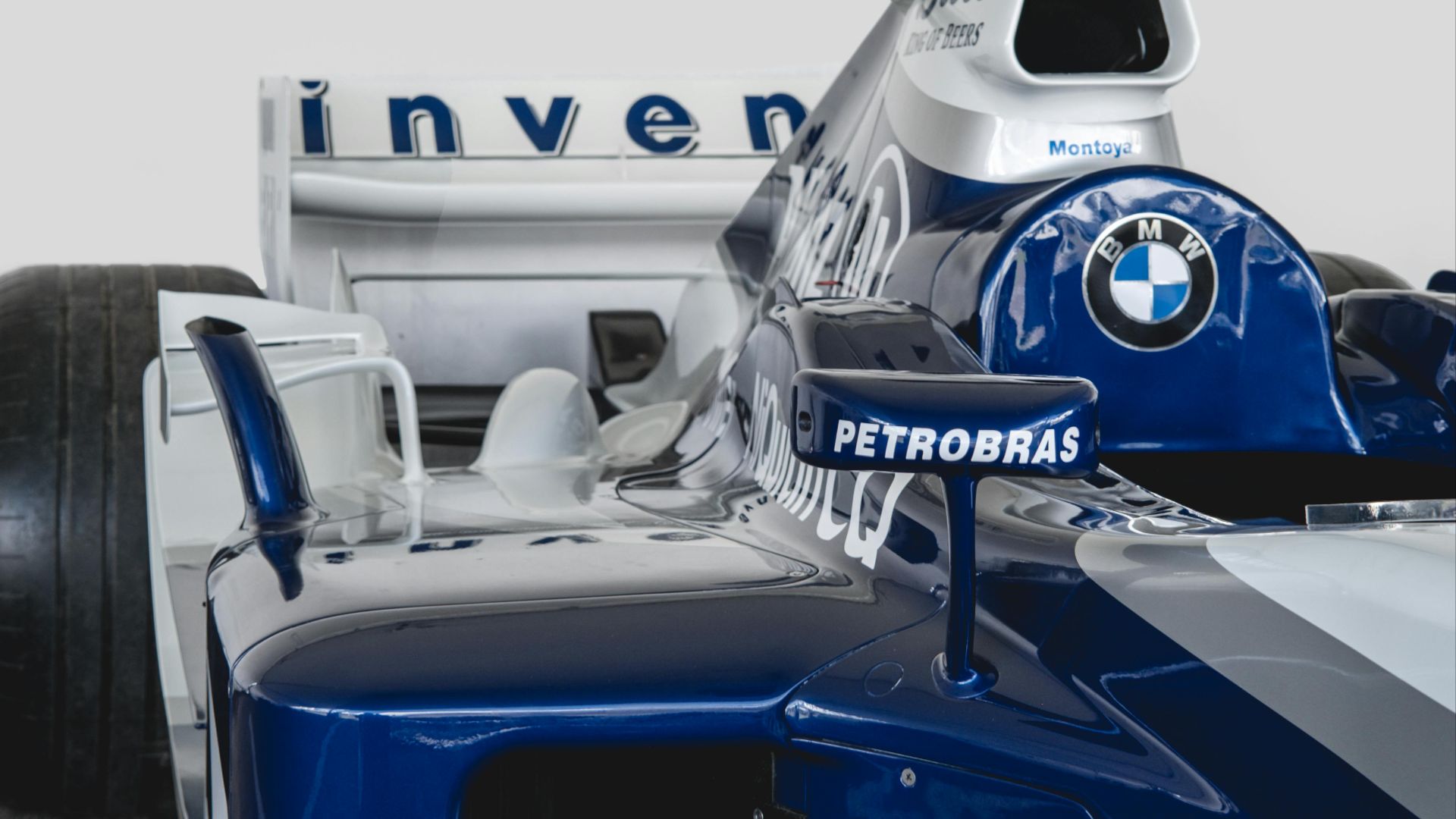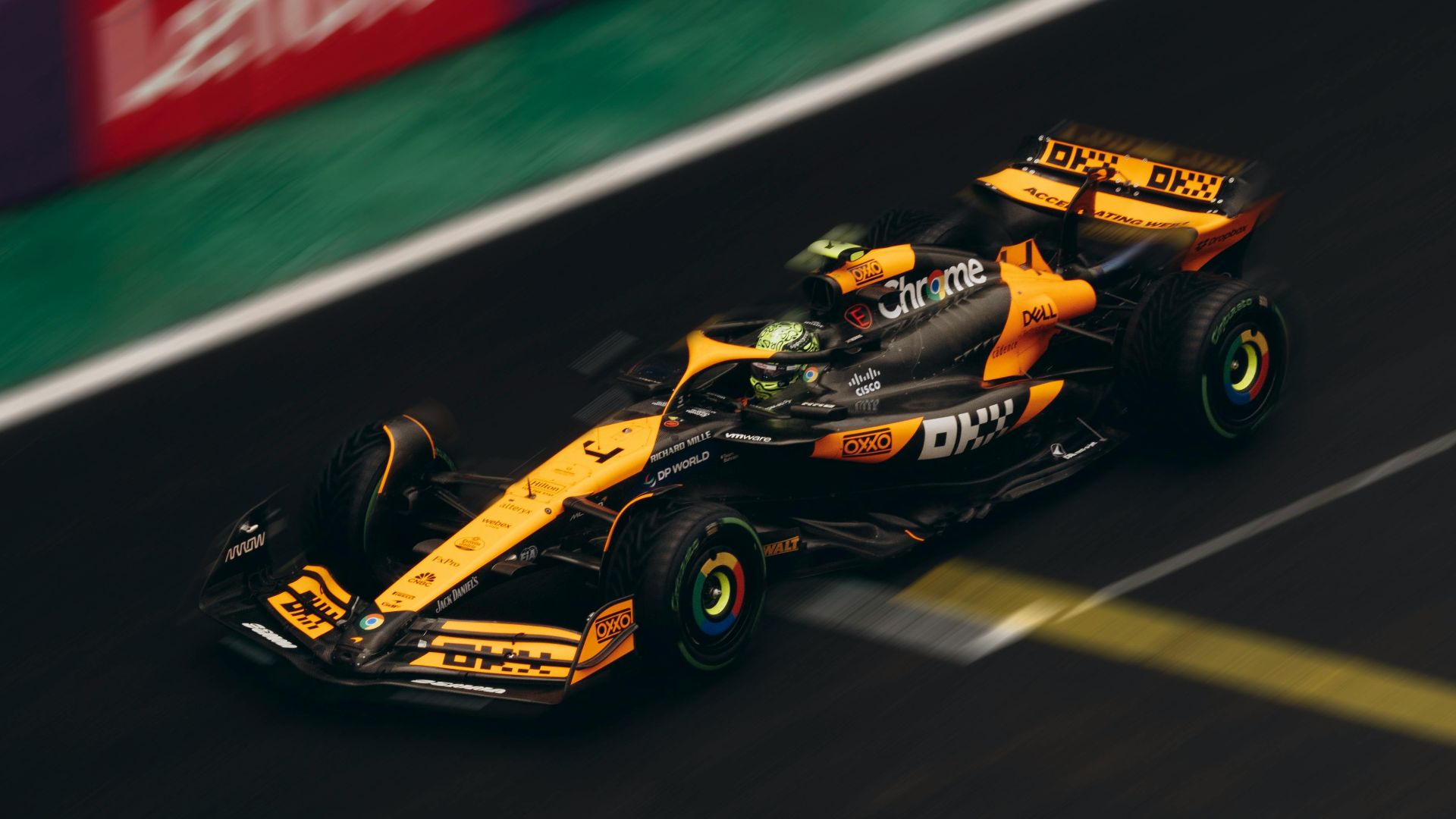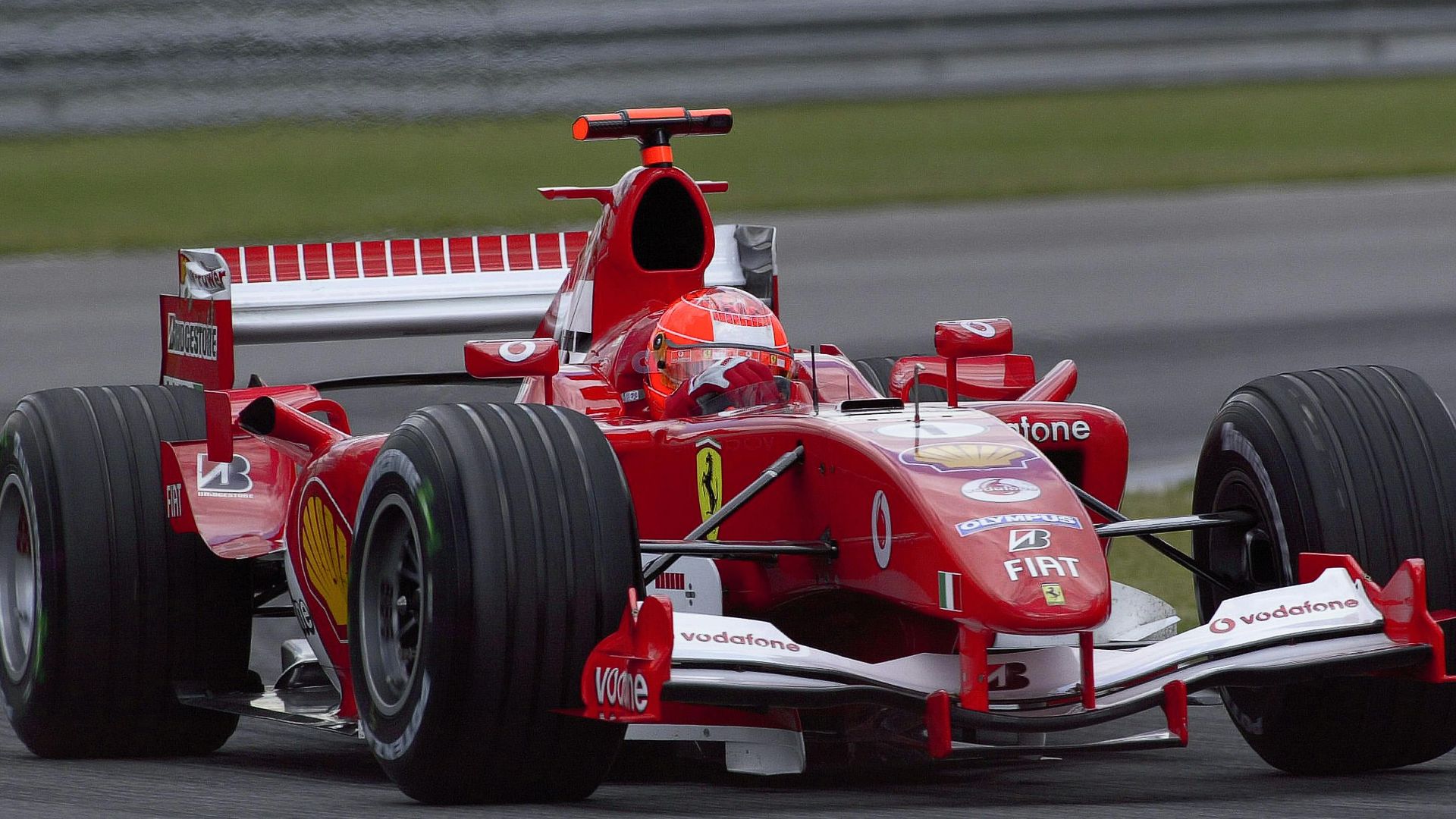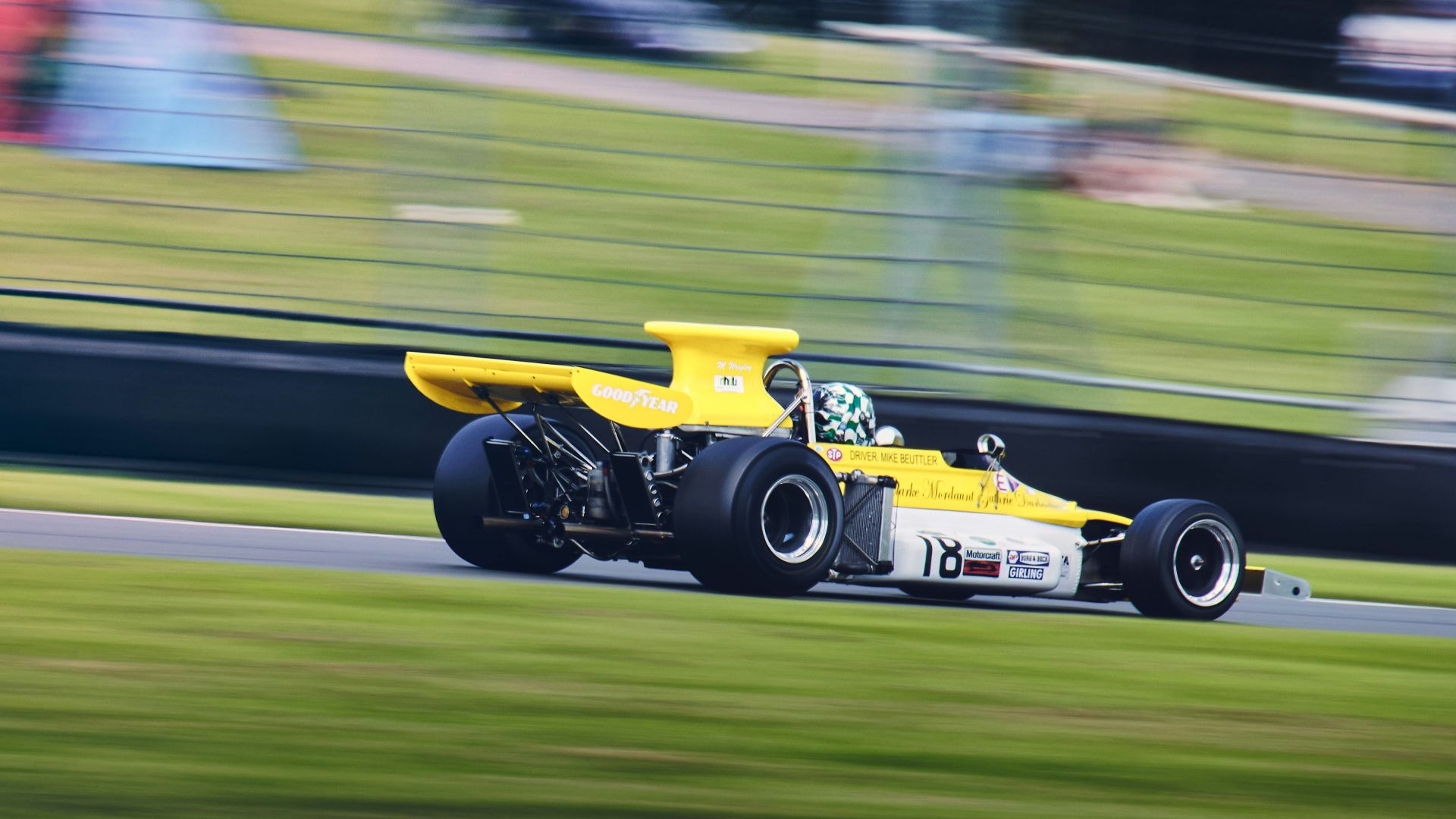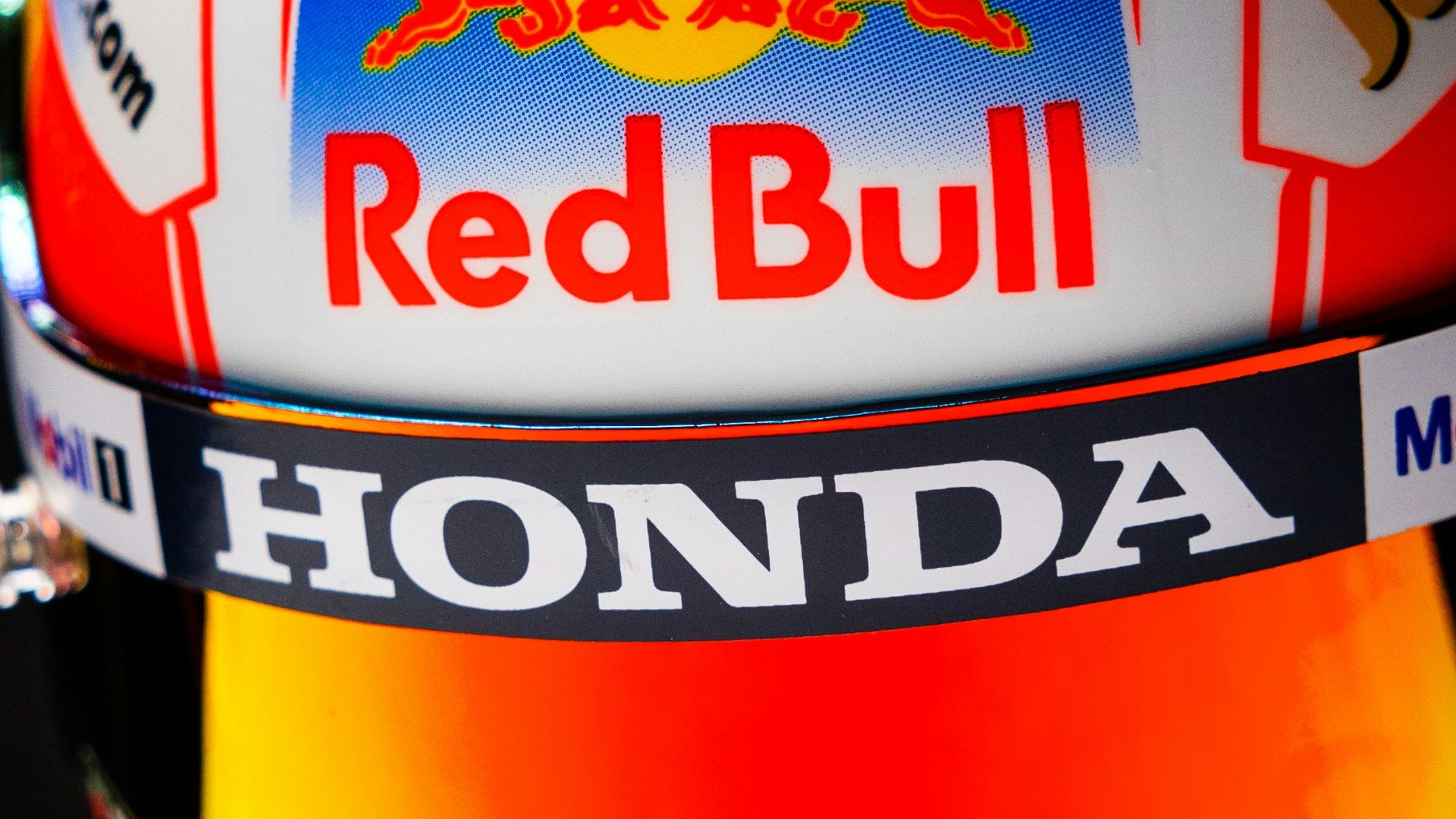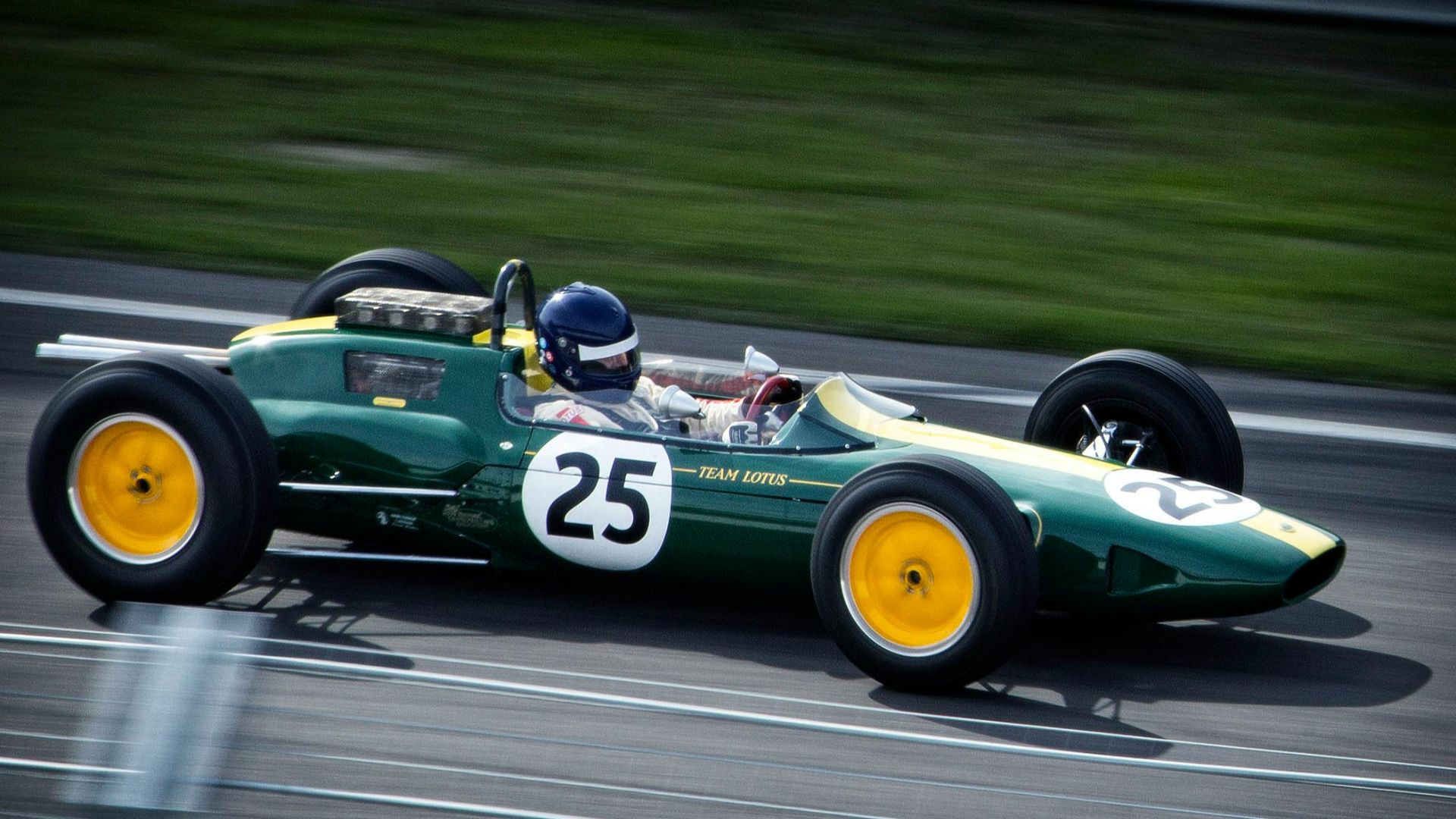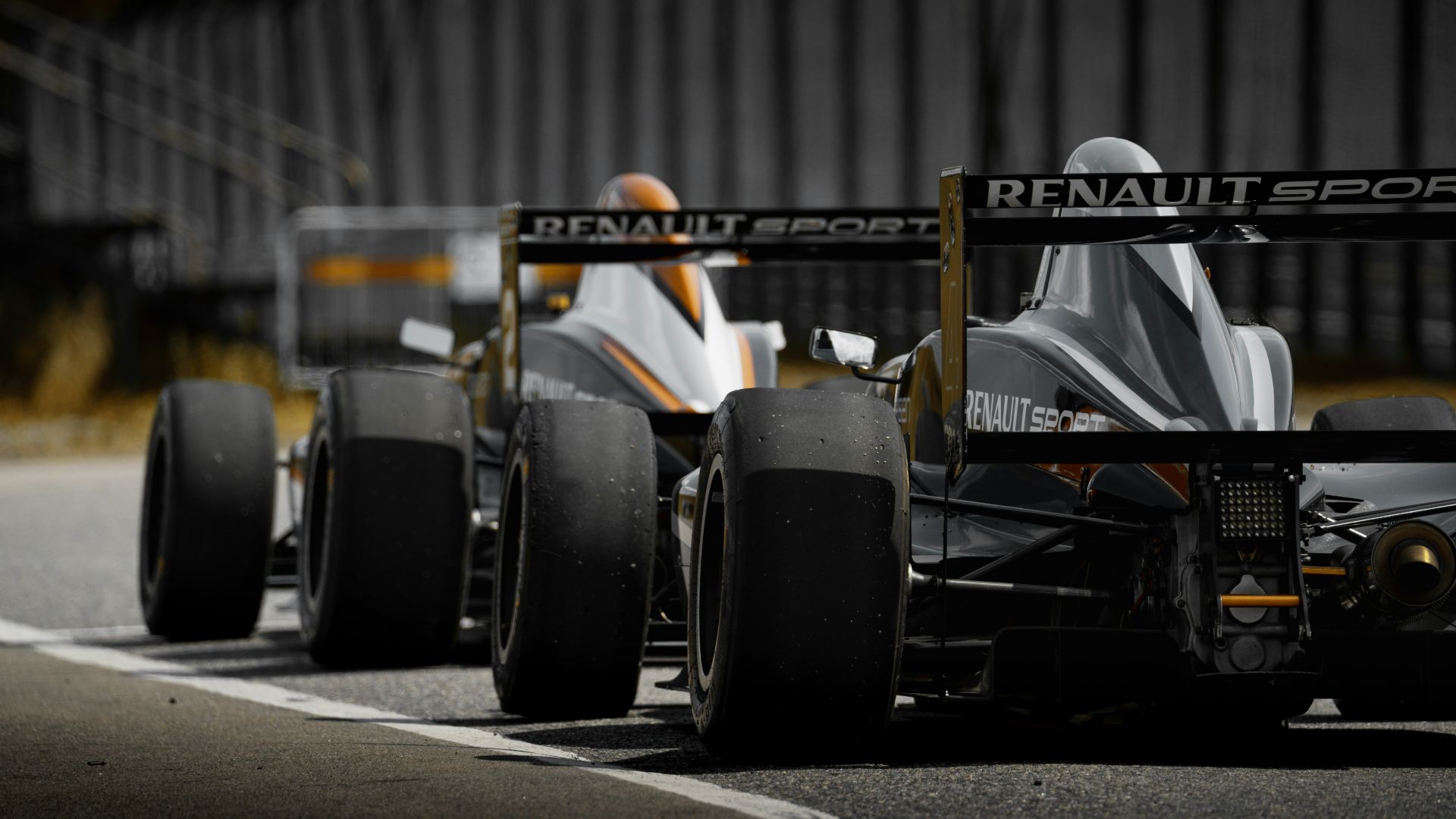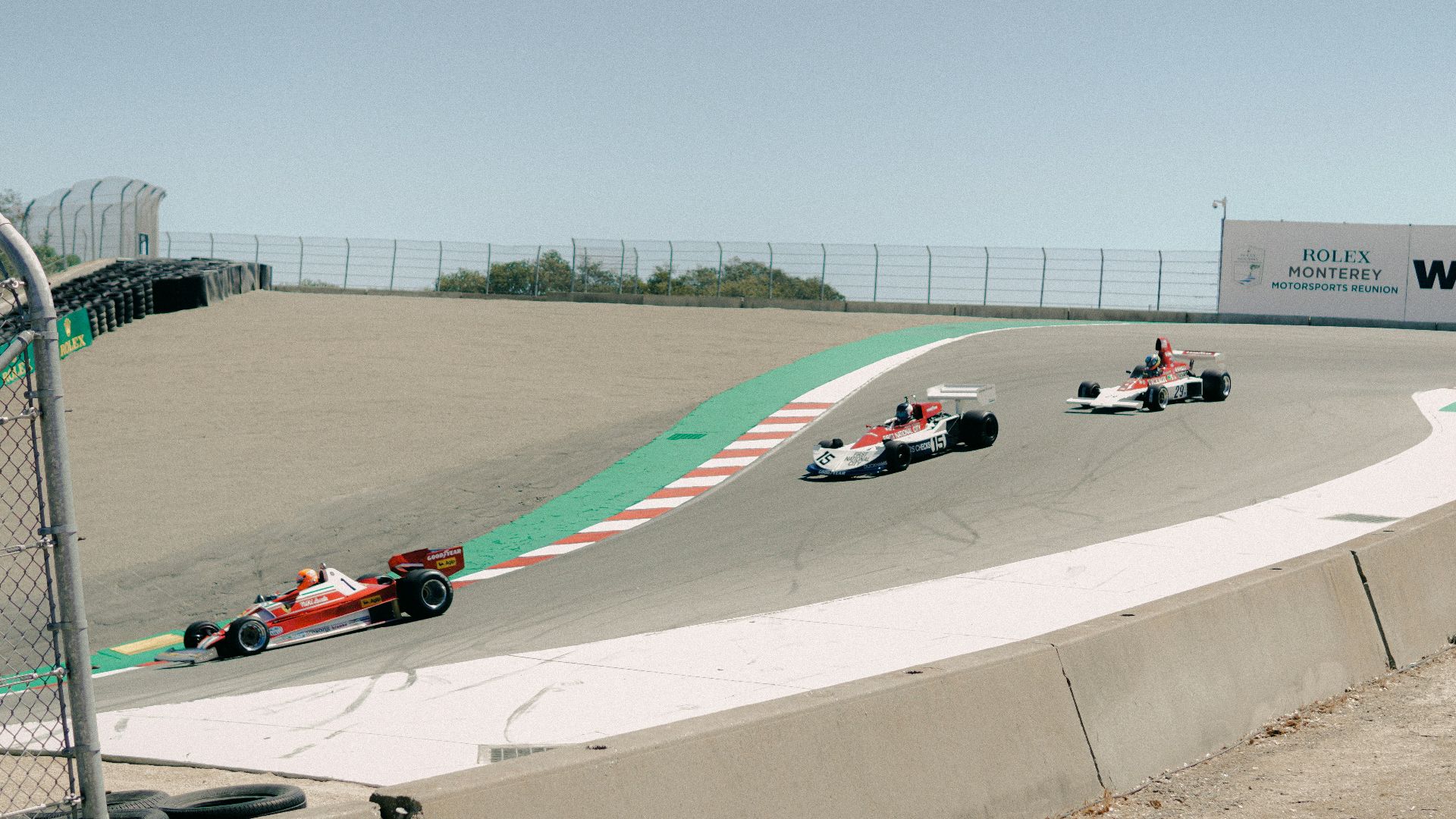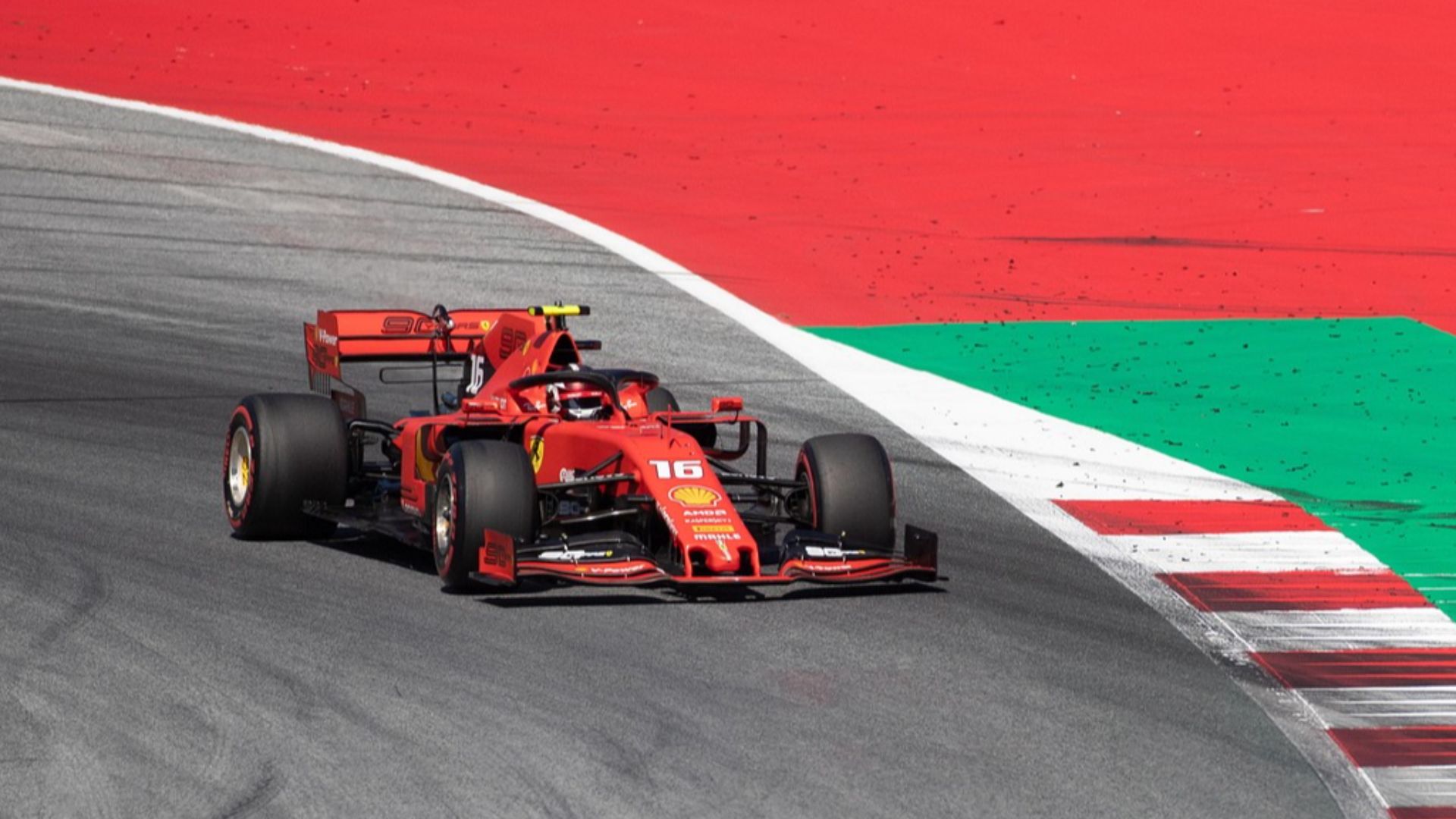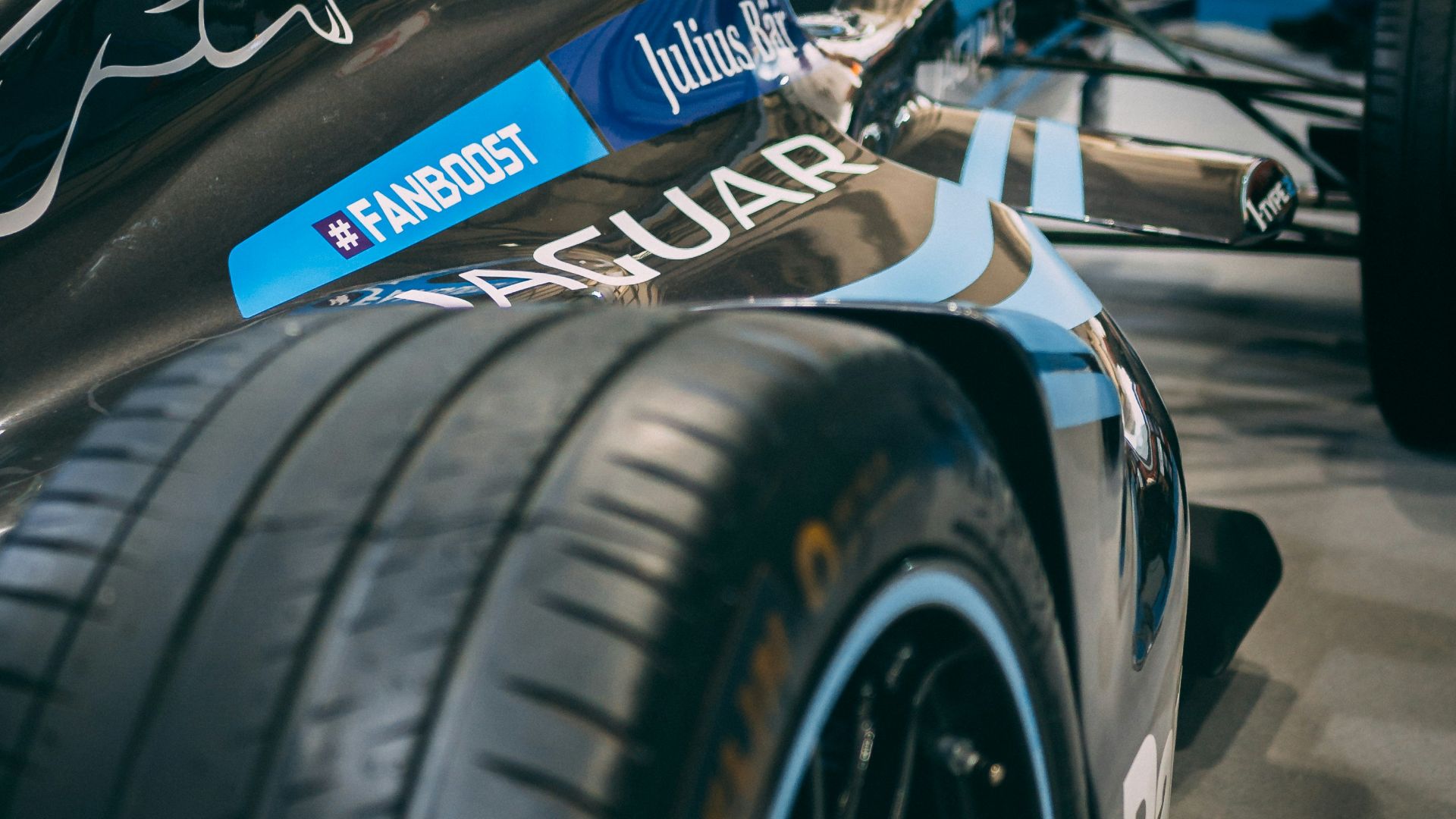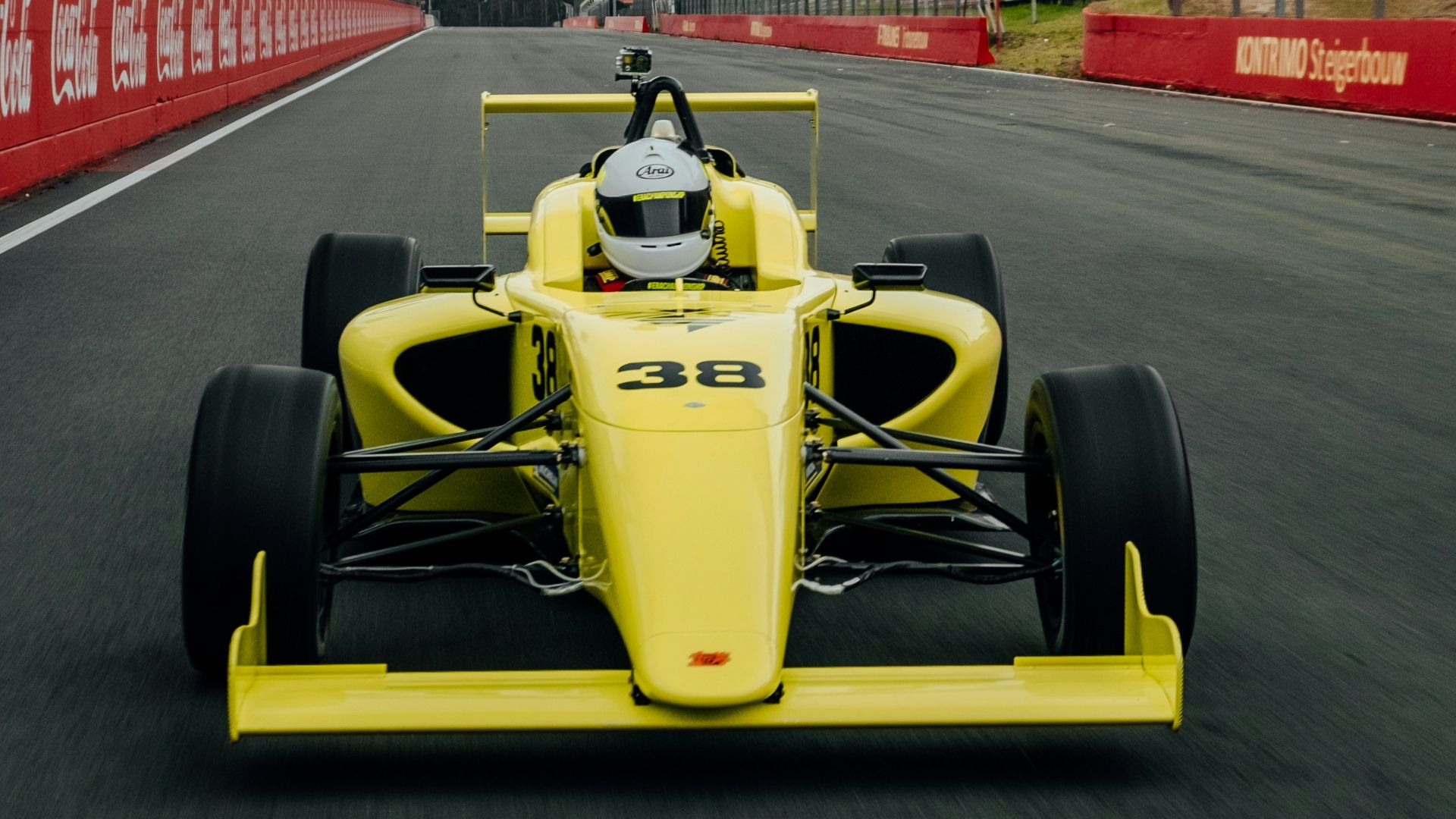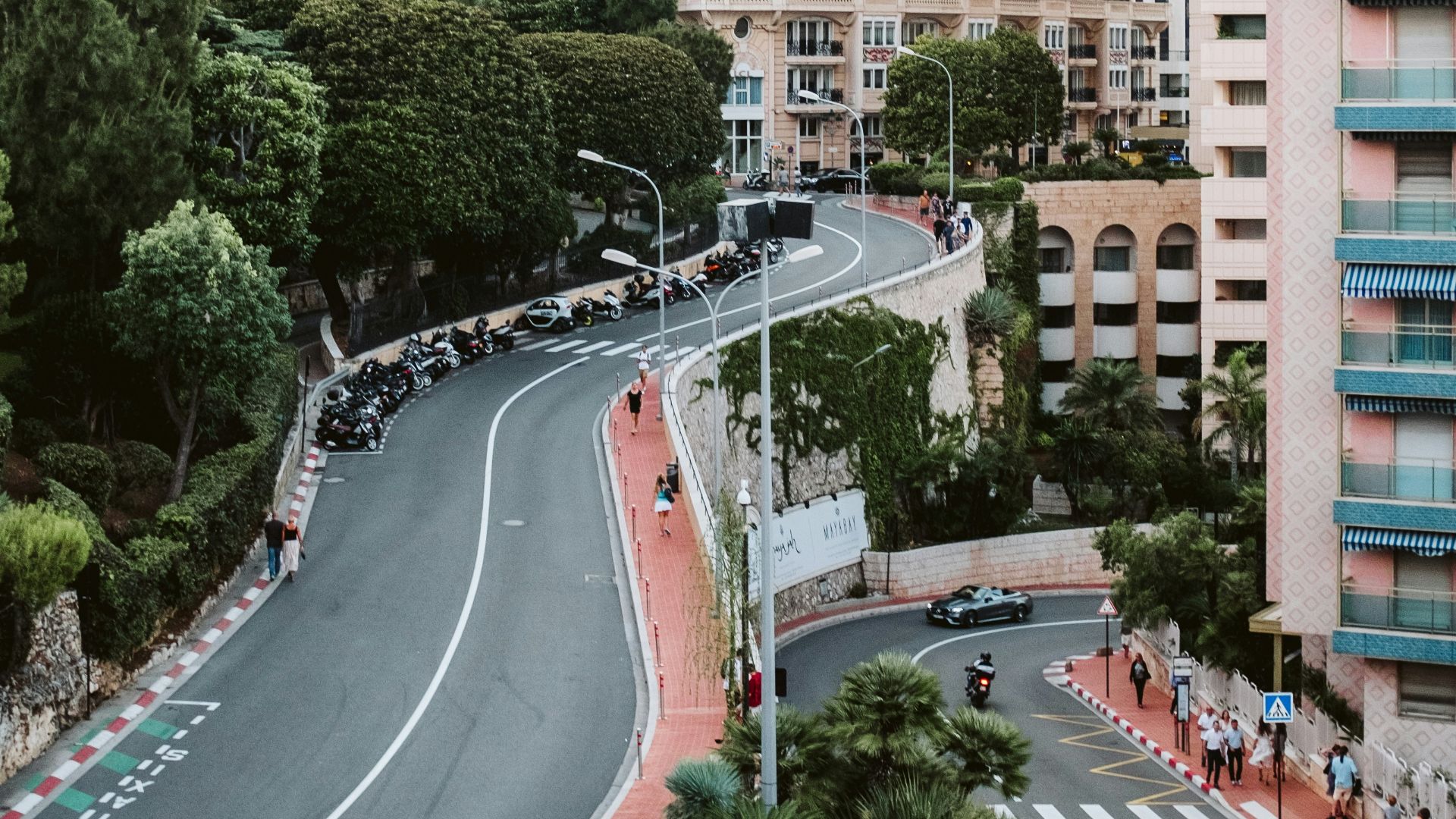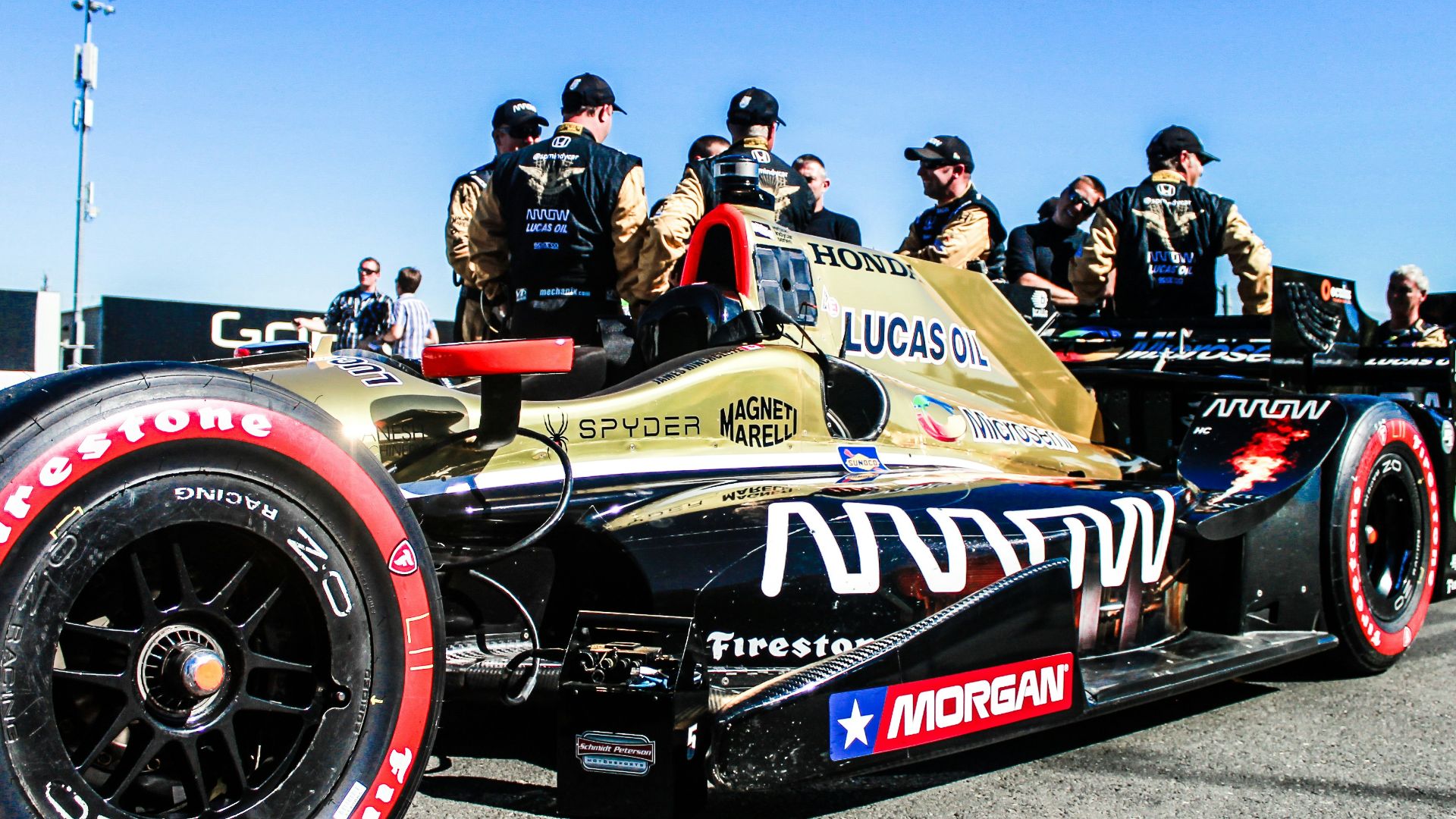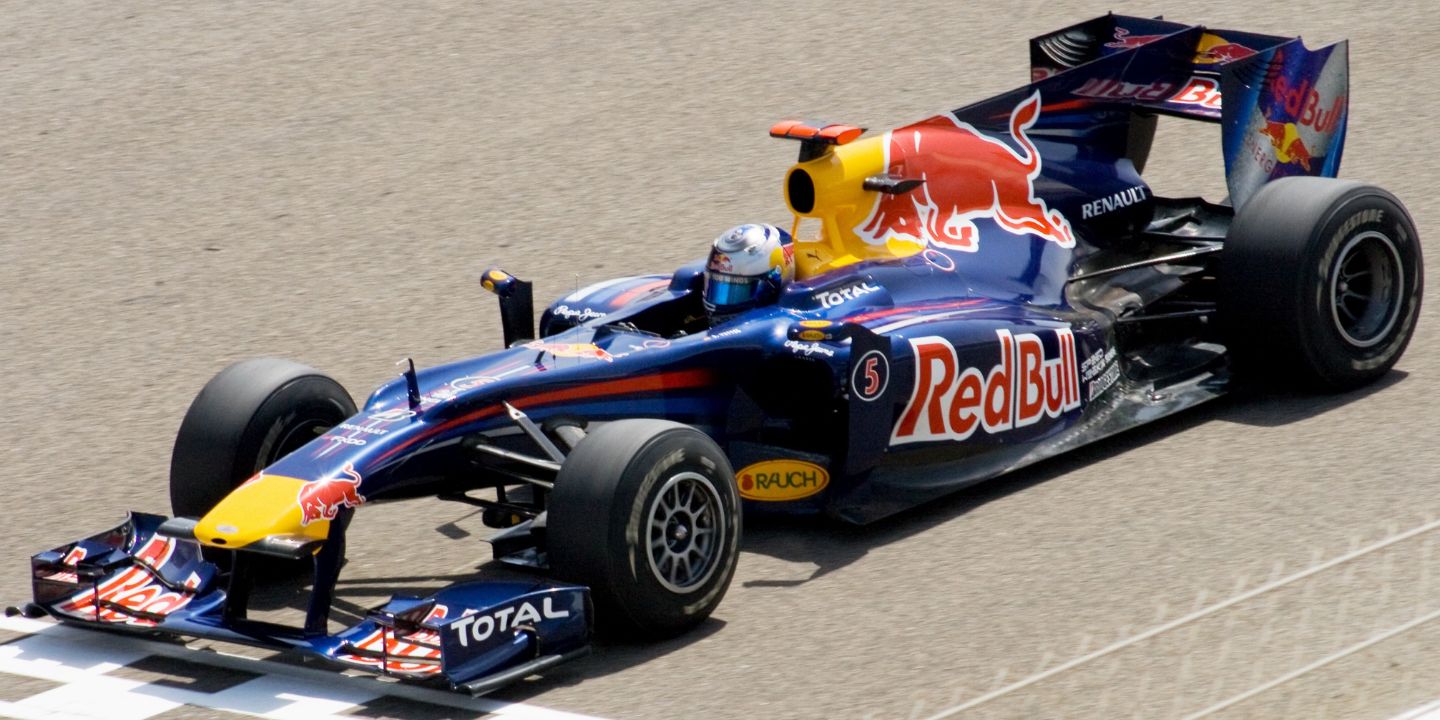10 Times F1 Rules Changed Because Of Lewis Hamilton & 10 Times Because of Max Verstappen
10 Times F1 Rules Changed Because Of Lewis Hamilton & 10 Times Because of Max Verstappen
Dangerous Rivalries
Lewis Hamilton and Max Verstappen may be some of the most popular Formula 1 drivers around. The fact that they’re locked in a pretty explosive rivalry is great for fans, but terrible for FIA, which often has to reinforce or rewrite rules just to deal with the two. Their crazy antics certainly make for entertaining moments, but we won’t blame you for pitying FIA. With that in mind, here are 10 major rule-breaking moments for each driver.
1. Excessive Weaving Ban
During the 2010 Malaysian Grand Prix, Hamilton was being chased by Vitaly Petrov. In response, he weaved multiple times to prevent the overtaking. The FIA stated that this was dangerous and unsportsmanlike and included a rule stating drivers can only make one defensive move per straight.
2. External Assistance
During the 2007 European Grand Prix, Hamilton unfortunately had a crash. He had to be lifted back onto the track using a tractor. In response to this, FIA changed their rules regarding external assistance during races, stating that drivers can’t use other vehicles to get back onto the track after a crash.
3. Off-Track Advantage
This one wasn’t an entire rule change but was instead a clarification caused by Hamilton’s actions in the 2008 Belgian Grand Prix. During this race, Hamilton cut his chicane to overtake Kimi Räikkönen and did it again at the next corner. This led FIA to state that if a driver gains an advantage by leaving the track, they cannot retain the advantage.
4. Jewelry Ban
The jewelry ban was already in place before Hamilton, but his refusal to follow the rule led to further reinforcements. During the 2022 Miami Grand Prix, he wore piercings and necklaces while driving. In response, FIA strictly enforced the existing ban and required all jewelry to be removed before sessions for safety reasons. It’s worth noting that other drivers also got in trouble for wearing jewelry, including Grosjean, who wore his wedding ring.
 Nataliya Melnychuk on Unsplash
Nataliya Melnychuk on Unsplash
5. Pit Entry and Exit
In the 2018 German Grand Prix, Hamilton skipped the pit stop entry and instead threaded across grass to rejoin the track. He crossed the pit entry line, doing so, and FIA had to reinforce their rules about pit entry and exit lines. They cited safety concerns and enforced further cleaner regulations to prevent the rejoining of the track.
6. Honesty With Officials
This one should be a bit of a no-brainer, but after an incident under the safety car, both Hamilton and his team misled the officials. Specifically, Hamilton stated he did not deliberately let Trulli pass, only for radio transmissions to reveal he was following specific instructions when he did in fact let him pass. As such, the FIA reinforced the need for honesty.
7. Two-Stop Rule Change
This one wasn’t as much in response to Hamilton as it was his idea. He was the one pushing F1 to implement a mandatory two-stop change for the Monaco Grand Prix because a one-stop strategy was less exciting for onlookers. This adds more opportunity for overtaking and change since modern F1 cars are wider and longer, limiting their opportunities on the road.
8. Political Messaging
In the 2020 Tuscan Grand Prix, Hamilton arrived at the podium wearing a politically motivated shirt. His shirt called for the arrest of the officers who caused the passing of Breonna Taylor, which was a pivotal social justice issue at the time. In response to this, FIA updated podium regulations to prohibit such clothing.
9. Helmet Design
This one wasn’t caused by Hamilton, but he certainly contributed to it. Essentially, Sebastian Vettel would often heavily change his helmet design, leading to FIA solidifying rules on helmet restrictions. Hamilton also did this, but to a lesser degree. Either way, the combined actions of the drivers led to a rule on one helmet design per season.
10. Front Wing Flexing
This one isn’t a rule change caused by Hamilton, but it’s interesting to see his insight on FIA processes, nonetheless. He’s been very much against the new rules for the design of front wings to prevent too much flexing. In response, Hamilton called it a major waste of money that doesn’t change things since wings will still bend, just maybe not as much. Regardless, it’s clear to see that Hamilton and FIA don’t see eye-to-eye.
Now that we talked about Hamilton, here are 10 rules that changed because of Max Verstappen’s decisions.
1. Age Requirements
In most countries, you need to be a certain age to drive, so you’d think F1 super licenses would also require some maturity and experience. Well, Verstappen became the youngest F1 driver when he was signed by Toro Rosso at 16 years old. In response, FIA introduced a new requirement that drivers must be 18 years old, as well as rules on previously accumulated points, minimum number of testing kilometers, and a valid road driver’s license.
2. Driver Conduct
This one should go without saying, but drivers can’t just pick physical fights with others. Regardless, in the 2018 Brazilian Grand Prix, Verstappen confronted Esteban Ocon after a collision. Verstappen was physically pushing Ocon multiple times, leading the FIA to once again emphasize rules against unsportsmanlike conduct off track.
3. Formation Lap Overtaking
This one was more of a clarification and happened during the 2021 Emilia Romagna Grand Prix. Verstappen overtook Lewis Hamilton during the formation lap, leading FIA to clarify rules on formation lap conduct. Specifically, the fact that drivers must maintain grid positions during formation.
4. Dangerous Defensive Maneuvers
There’s a bit more to the Verstappen Rule, though, as in the 2016 Belgian Grand Prix, Verstappen was aggressively defensive against Kimi Räikkönen and moved under braking and weaving on straights. This was a major safety concern, and FIA once again added rules to penalize any dangerous defensive maneuvers.
5. Forcing a Driver Off Track
In the 2021 Brazilian Grand Prix, Verstappen was determined to defend his position. So much so that he pushed Lewis Hamilton wide at Turn 4. This resulted in both cars leaving the track, and FIA once again had to issue guidelines on overtaking and defending rules.
6. Alternate Lines and Track Limits
During the United States Grand Prix in 2017, Verstappen overtook Kimi Räikkönen by going off-track and then cutting inside at Turn 17. This led FIA to once again clarify track limits and enforce penalties in response to off-track overtaking. Still, you've got to give it to Verstappen for pushing the envelope.
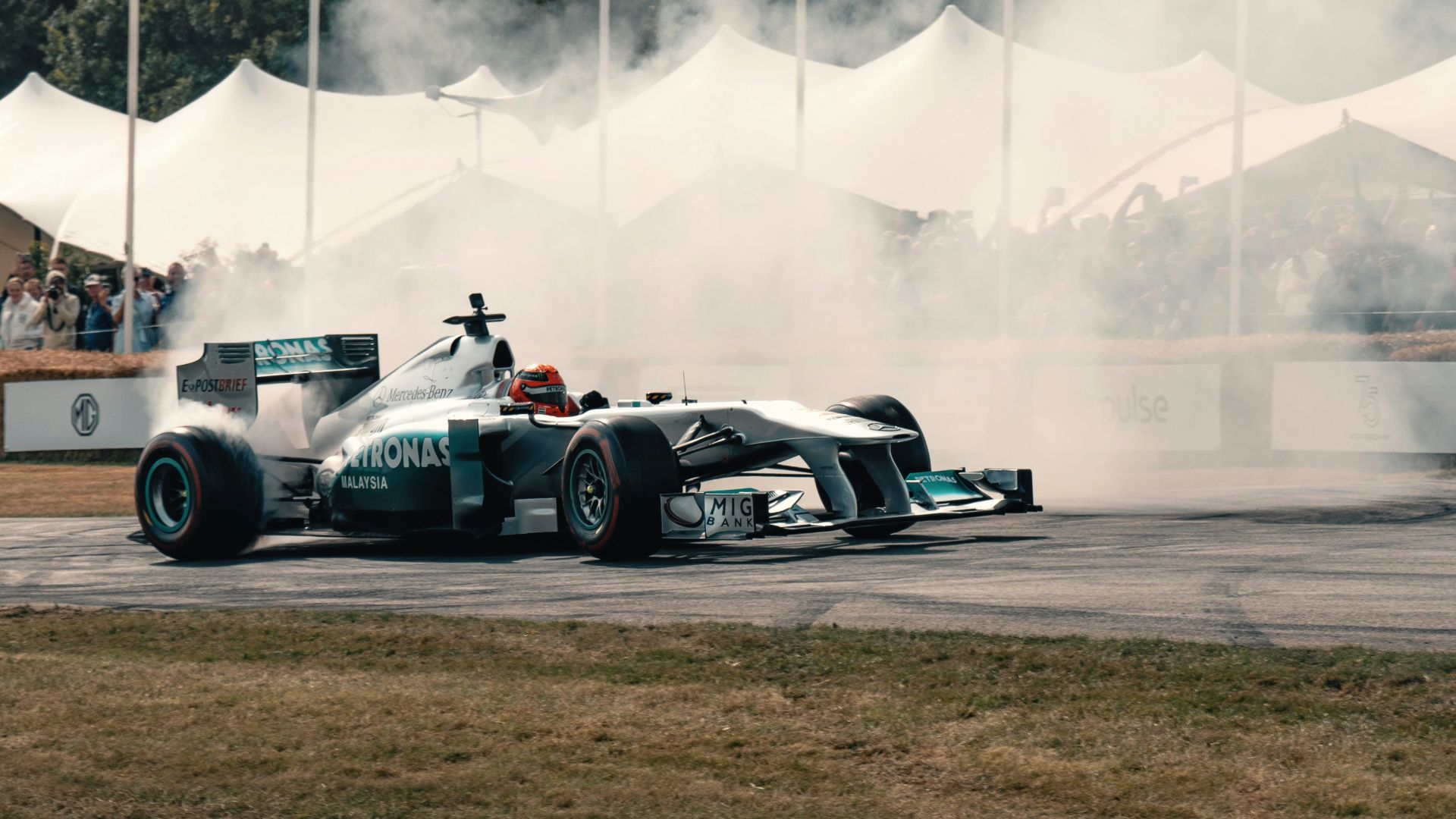 Abhinand Venugopal on Unsplash
Abhinand Venugopal on Unsplash
7. Double Yellow Flag Compliance
Obviously, the flags are there for a reason, but Verstappen simply refused to follow along. In the 2021 Qatar Grand Prix, he failed to sufficiently slow down when two yellow flags were double waved. This led FIA to once again reinforce the importance of flag compliance.
8. Brake Testing
During the 2021 Saudi Arabian Grand Prix, Verstappen continued to suddenly brake in front of Hamilton during an attempted pass. This time, the brake check led to a collision. Yet again, FIA had to reinforce its rules on dangerous driving and brake testing prohibitions.
9. Post-Race Celebrating
In the 2021 Styrian Grand Prix, Verstappen was nearing the finish line. For a bit of show, he slowed down and performed a burnout to celebrate his victory. FIA had to reinforce regulations prohibiting dangerous driving after the chequered flag was waved, as this too was dangerous.
10. Moving Under Braking
This is also called the Verstappen Rule and was introduced in 2016 during the Japanese Grand Prix. Verstappen was defending against Lewis Hamilton and did so by moving under braking into the chicane. Hamilton had to take evasive action, and FIA then prohibited drivers from changing direction under braking.


